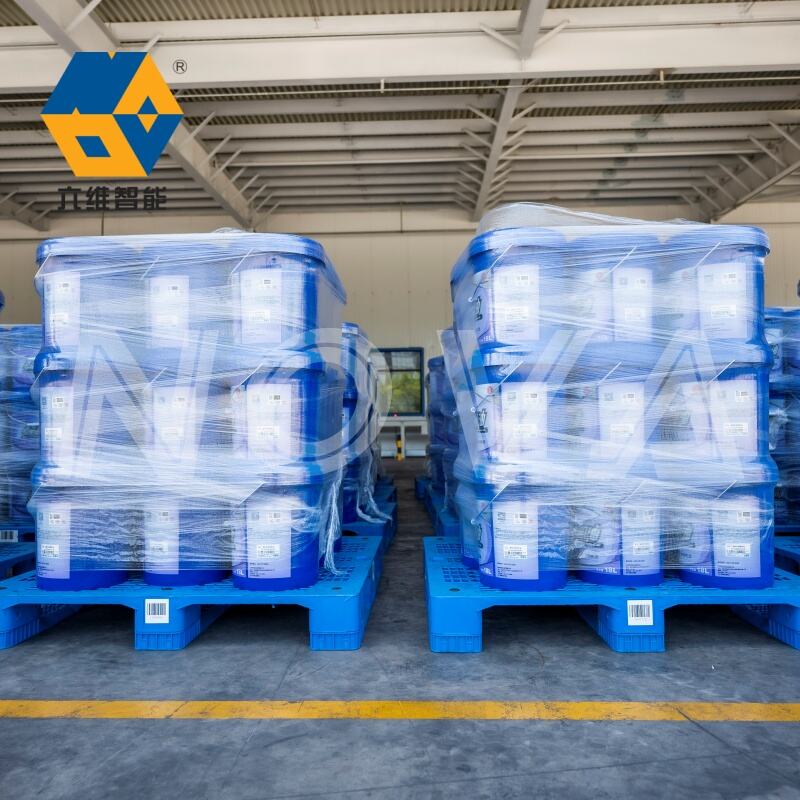automated racking
Automated racking systems represent a groundbreaking advancement in warehouse management and storage solutions. These sophisticated systems combine cutting-edge robotics, computer-controlled mechanisms, and intelligent software to create a seamless storage and retrieval operation. The primary function of automated racking is to optimize space utilization while maximizing operational efficiency through computerized storage management. The system employs various technological features, including automated storage and retrieval systems (AS/RS), conveyor systems, and robotic picking mechanisms. These components work in harmony to handle materials with precision and speed, significantly reducing human error and labor requirements. The technology incorporates advanced sensors and tracking systems that maintain real-time inventory control, enabling precise location tracking and immediate access to stored items. Applications of automated racking span across numerous industries, from retail and e-commerce fulfillment centers to manufacturing facilities and cold storage warehouses. The system's versatility allows it to accommodate different product sizes and weights, making it suitable for diverse storage needs. Modern automated racking systems also feature adaptive learning capabilities, continuously optimizing storage patterns based on usage data and demand patterns.


